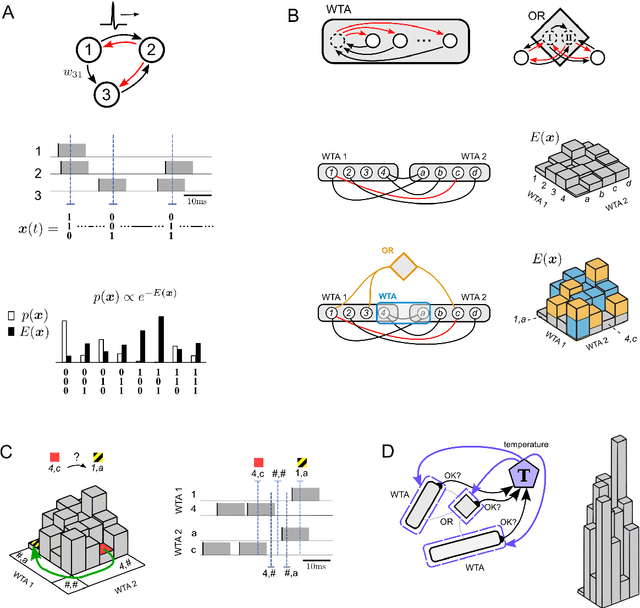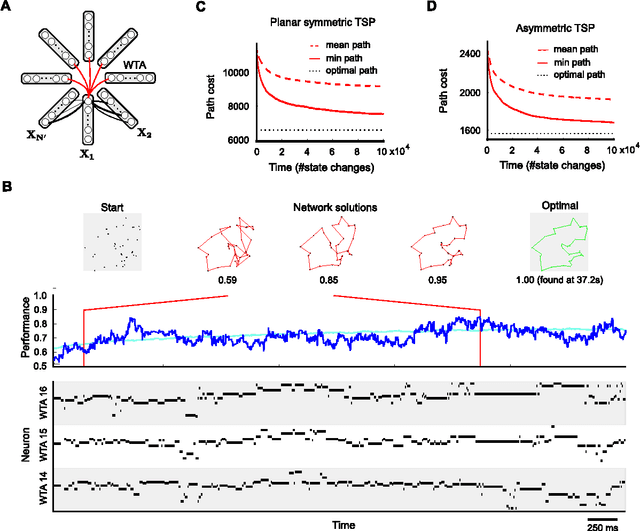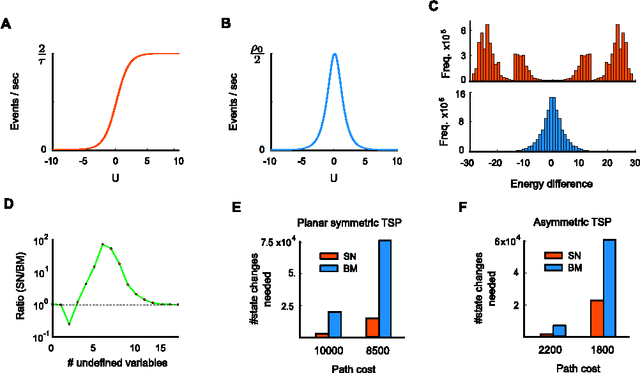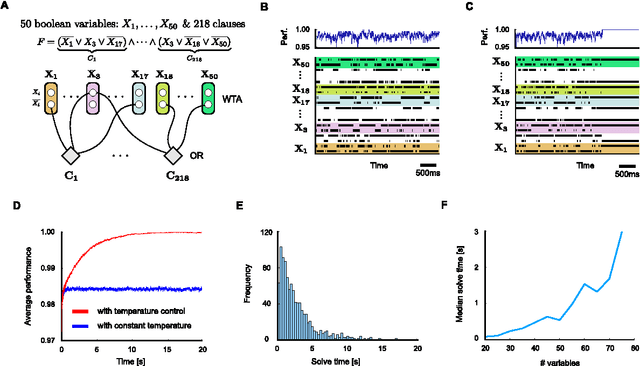Zeno Jonke
Multilingual Self-Taught Faithfulness Evaluators
Jul 28, 2025Abstract:The growing use of large language models (LLMs) has increased the need for automatic evaluation systems, particularly to address the challenge of information hallucination. Although existing faithfulness evaluation approaches have shown promise, they are predominantly English-focused and often require expensive human-labeled training data for fine-tuning specialized models. As LLMs see increased adoption in multilingual contexts, there is a need for accurate faithfulness evaluators that can operate across languages without extensive labeled data. This paper presents Self-Taught Evaluators for Multilingual Faithfulness, a framework that learns exclusively from synthetic multilingual summarization data while leveraging cross-lingual transfer learning. Through experiments comparing language-specific and mixed-language fine-tuning approaches, we demonstrate a consistent relationship between an LLM's general language capabilities and its performance in language-specific evaluation tasks. Our framework shows improvements over existing baselines, including state-of-the-art English evaluators and machine translation-based approaches.
A theoretical basis for efficient computations with noisy spiking neurons
Dec 18, 2014



Abstract:Network of neurons in the brain apply - unlike processors in our current generation of computer hardware - an event-based processing strategy, where short pulses (spikes) are emitted sparsely by neurons to signal the occurrence of an event at a particular point in time. Such spike-based computations promise to be substantially more power-efficient than traditional clocked processing schemes. However it turned out to be surprisingly difficult to design networks of spiking neurons that are able to carry out demanding computations. We present here a new theoretical framework for organizing computations of networks of spiking neurons. In particular, we show that a suitable design enables them to solve hard constraint satisfaction problems from the domains of planning - optimization and verification - logical inference. The underlying design principles employ noise as a computational resource. Nevertheless the timing of spikes (rather than just spike rates) plays an essential role in the resulting computations. Furthermore, one can demonstrate for the Traveling Salesman Problem a surprising computational advantage of networks of spiking neurons compared with traditional artificial neural networks and Gibbs sampling. The identification of such advantage has been a well-known open problem.
 Add to Chrome
Add to Chrome Add to Firefox
Add to Firefox Add to Edge
Add to Edge